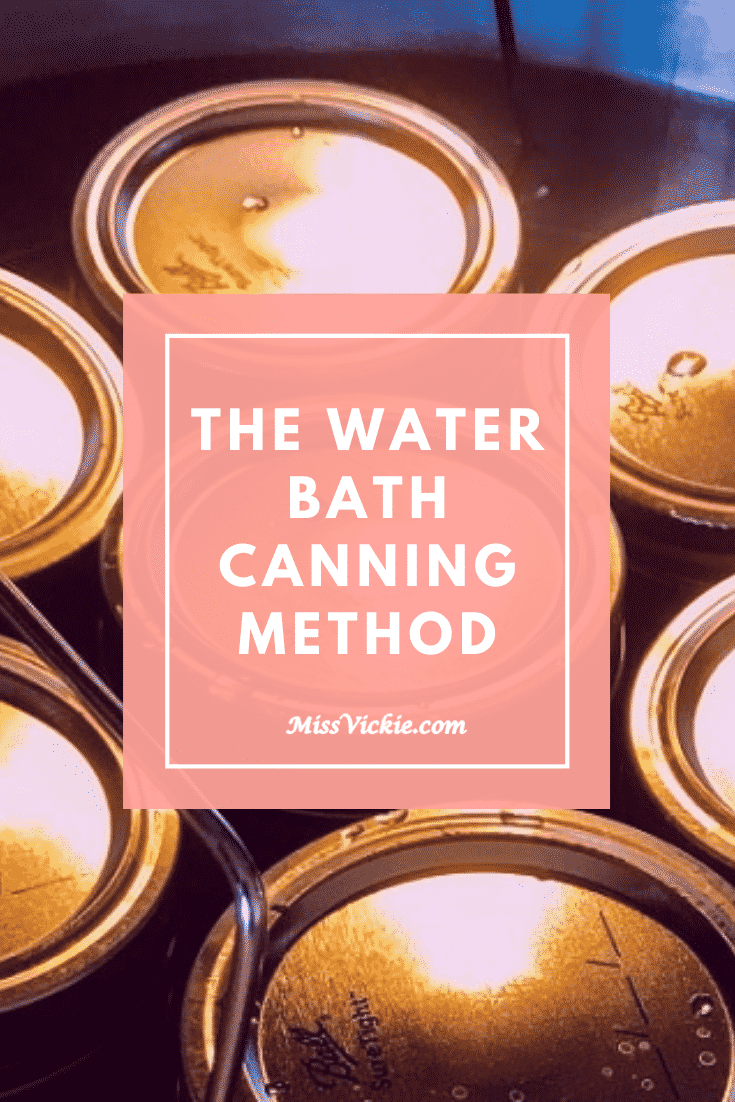
When practiced properly, canning is a safe way to preserve your favorite types of food so that you can have access to them all year round. Canning is a technique that has been around for ages and is a great way to keep your food fresh and safe for consumption without freezing dehydrating or refrigeration. If you have never attempted canning food before, you should know that the process can have its challenges, especially for first-timers.
The Water Bath Canning Method
Of the two methods used for canning, the water bath canning method is the safest and easiest to pull off. The only thing needed for the process to work is a canner for water bathing. However, individuals that do not have access to canners can also use any pot that comes with a lid that can ventilate.
Which foods are should be used for water bath canning?
Generally, water bath canning is primarily done for high acid foods such as:
- Fruit
- Tomatoes and tomato adjacent products
- Pickles
- Jellies and fruit jams
High acidic foods can also be canned using the water bath canning method. But for it to work properly acid must be added to deter bacterial growth. The added acid can come in the form of vinegar, lemon juice, sugar or citric acid.
As a rule of thumb, non-acidic veggies, meats, stocks, and fish should generally be left to pressure canners and not boiling baths. Before you can water bath, you must make sure that you are following a safe recipe from a trusted source that has been tried and tested to avoid contamination.
Basic equipment needed for water bath canning
To pull off water bath canning properly, it is recommended that you invest in some basic equipment that can ensure that you do it successfully without burning yourself. Basic equipment needed for the process includes:
- A boiling water canning pot. If you do not have access to a boiling water canning pot, you can also rely on any deep Dutch oven capable of fitting a round metal cooling rack that will prevent the glass jars from cracking or breaking while in the pot. Any old large and deep saucepot with a lid that can also fit a rack can be utilized for the process.
- The jars you will use for canning must come with two-piece lids and bands. If you can, always start the process with brand new lids and bands to guarantee success.
- A flexible spatula made of rubber or plastic that will not react.
- A canning funnel that you will use to fill the jars without spilling.
- A jar lifter for placing and removing your jars safely from the hot water bath.
- A lid wand with a magnetic tip that you will use to remove lids from the hot water.
How to get started
Place your glass jars into a canner filled with hot or boiling water. Jams, raw fruits, and tomatoes and preserves should be immersed in hot and not boiling water. Pickles and packed fruits alternatively should be placed in boiling water. The amount of water in the pot should be an inch or two higher than the containers before the lid is placed over the canner. Follow the instructions or the recipe you are using to the letter to avoid accidents. For most foods, the process should be complete when the water inside the canner comes to a full boil.